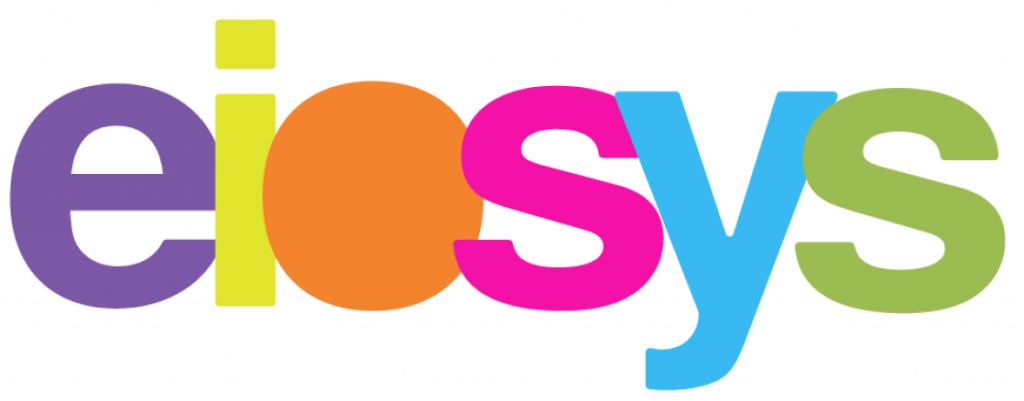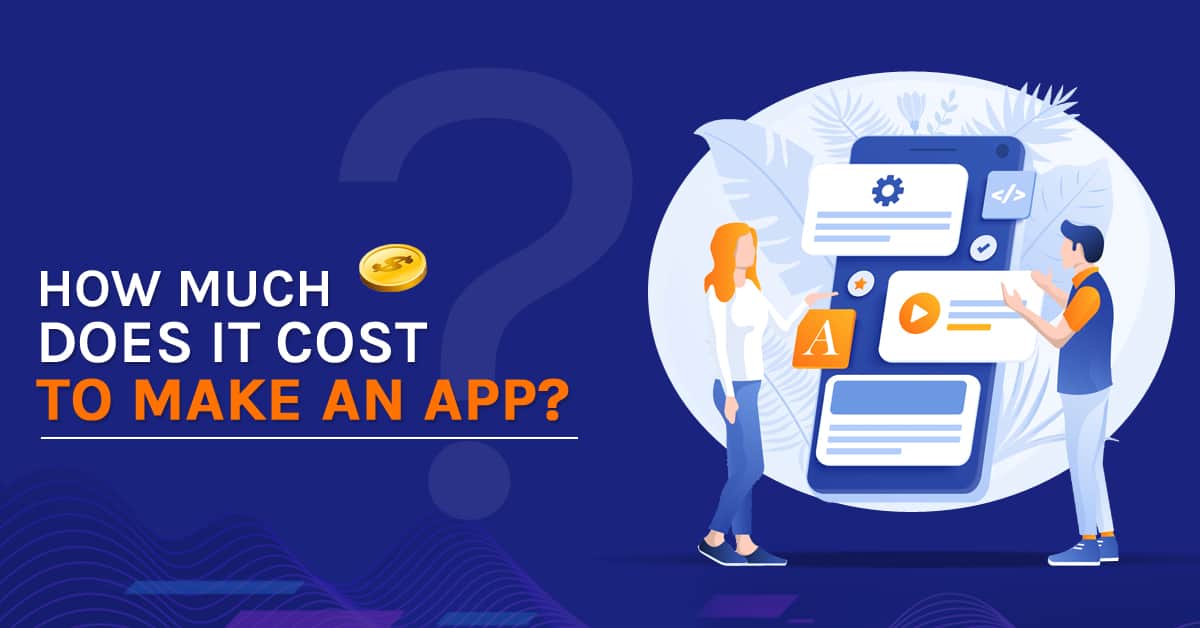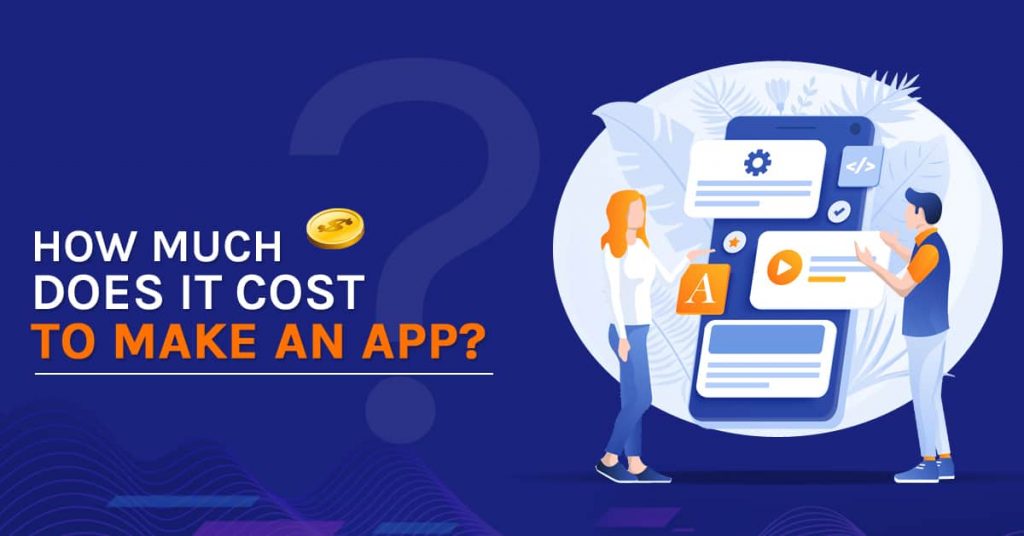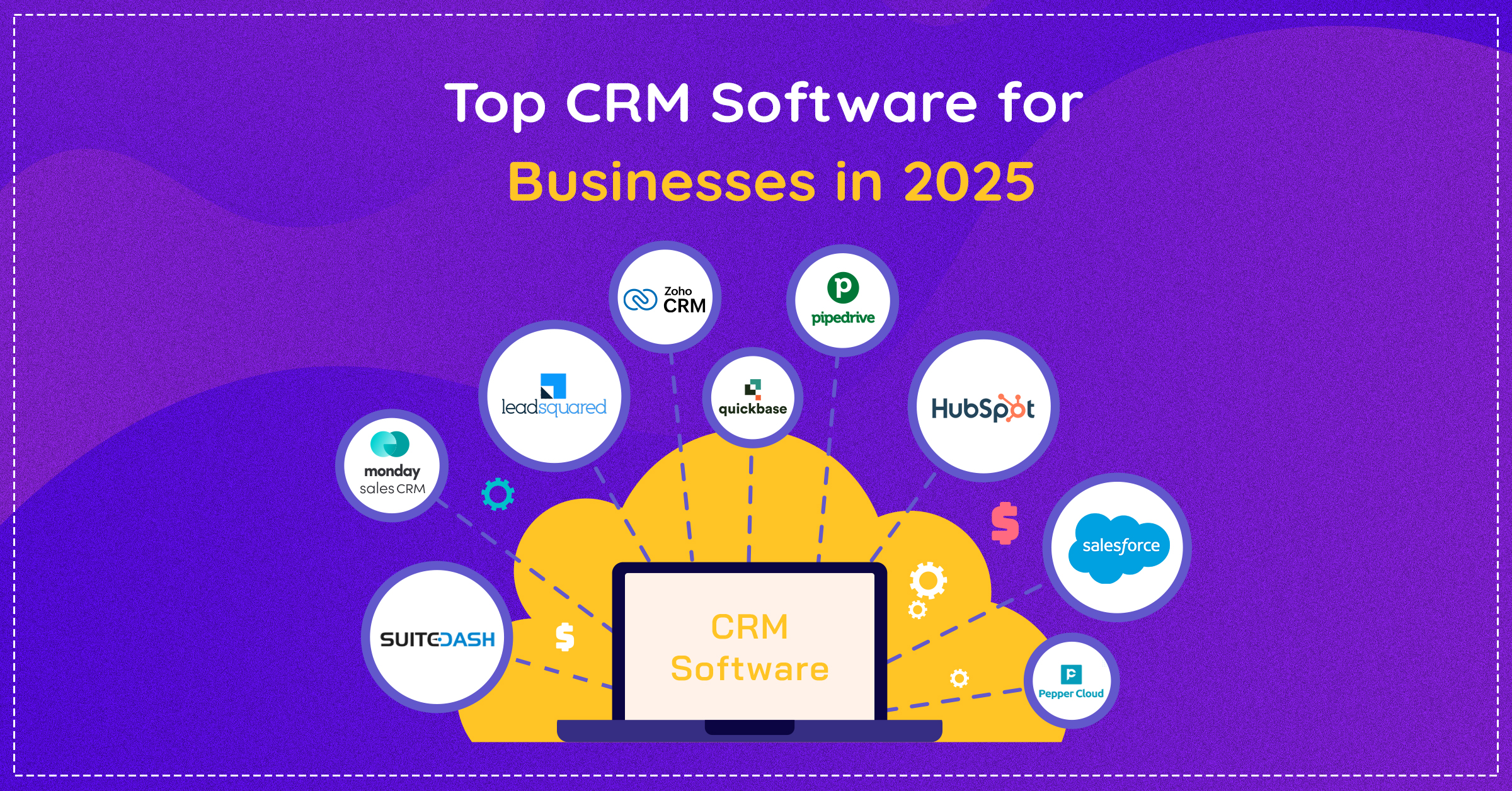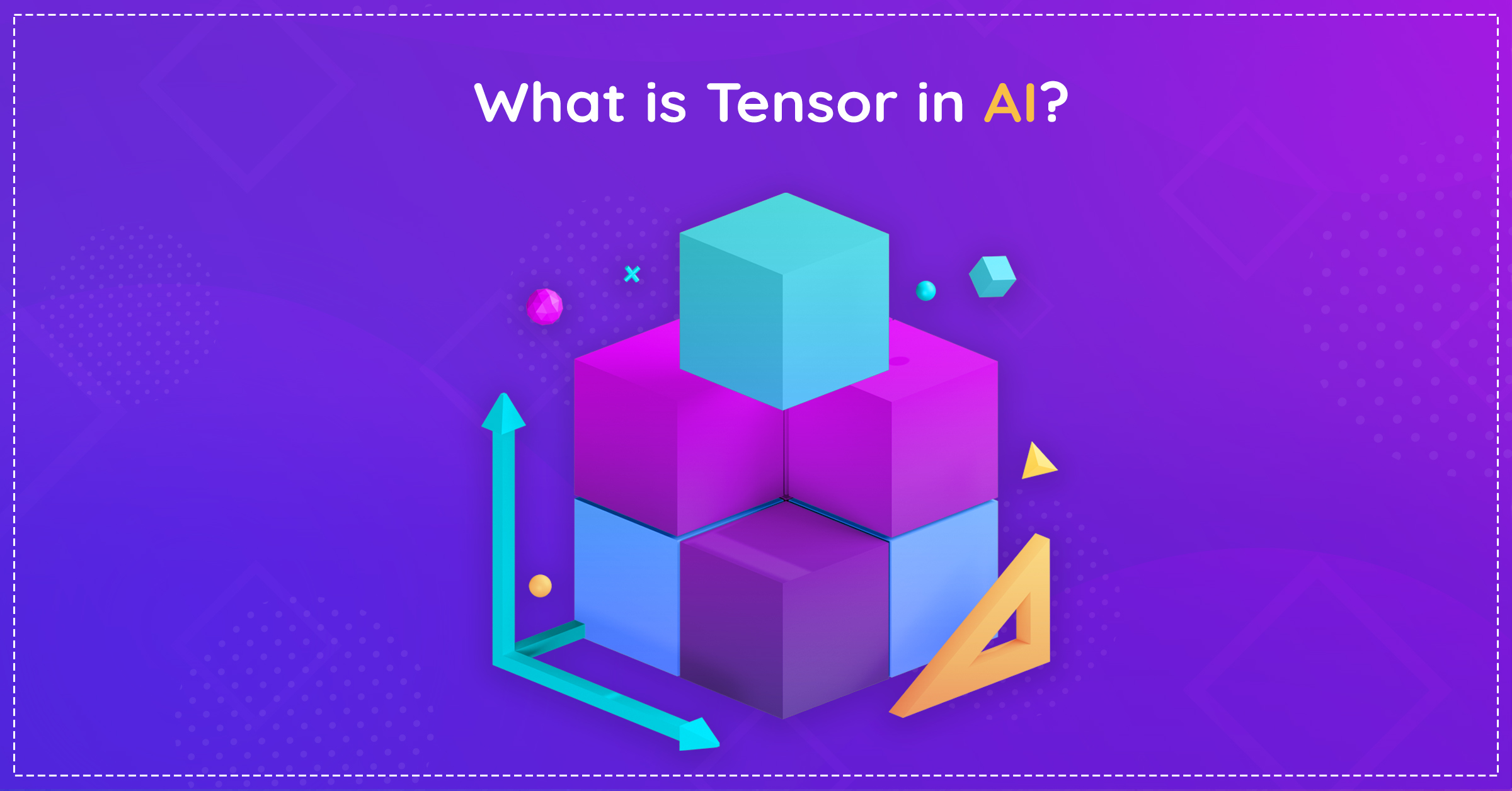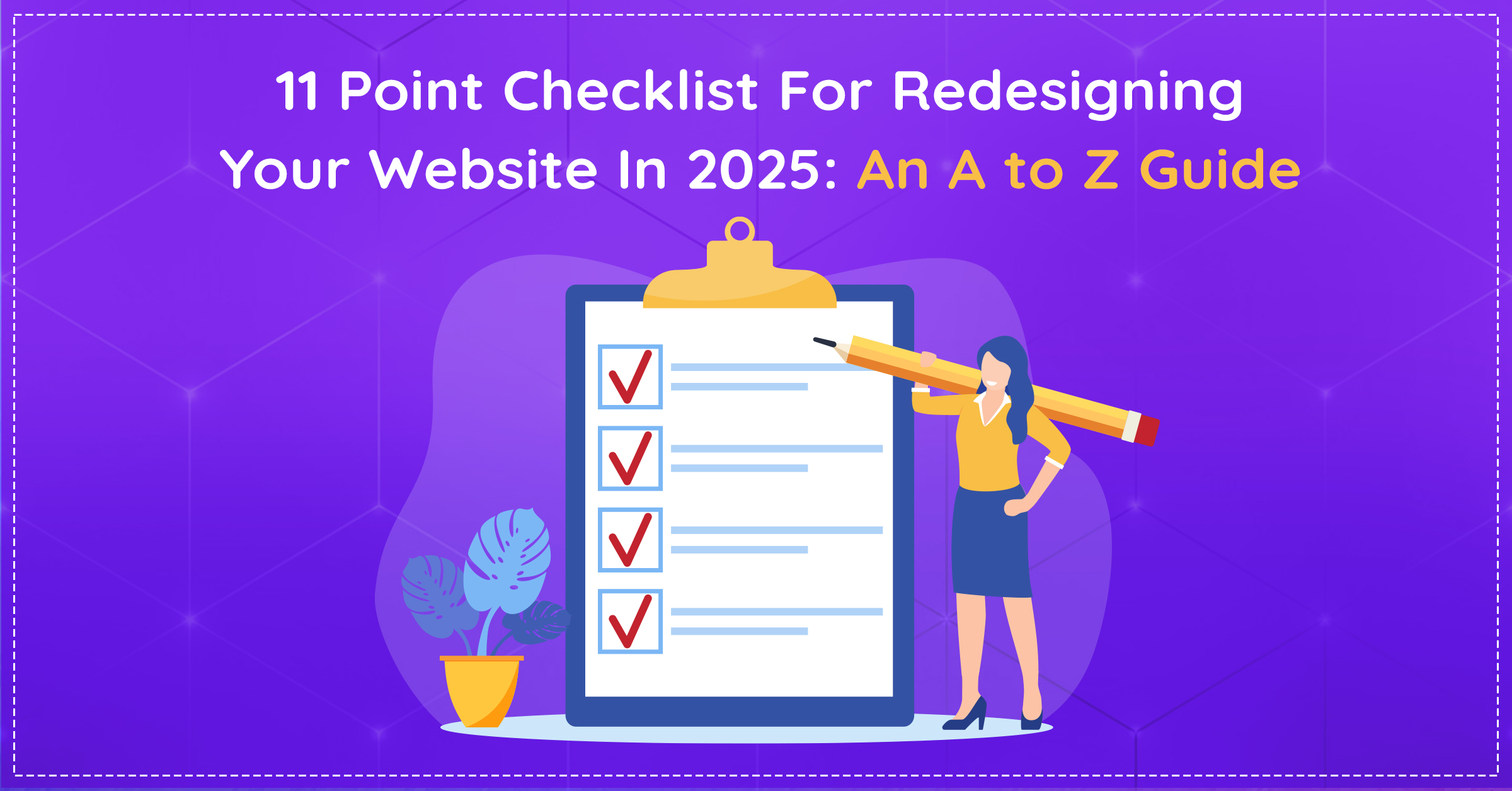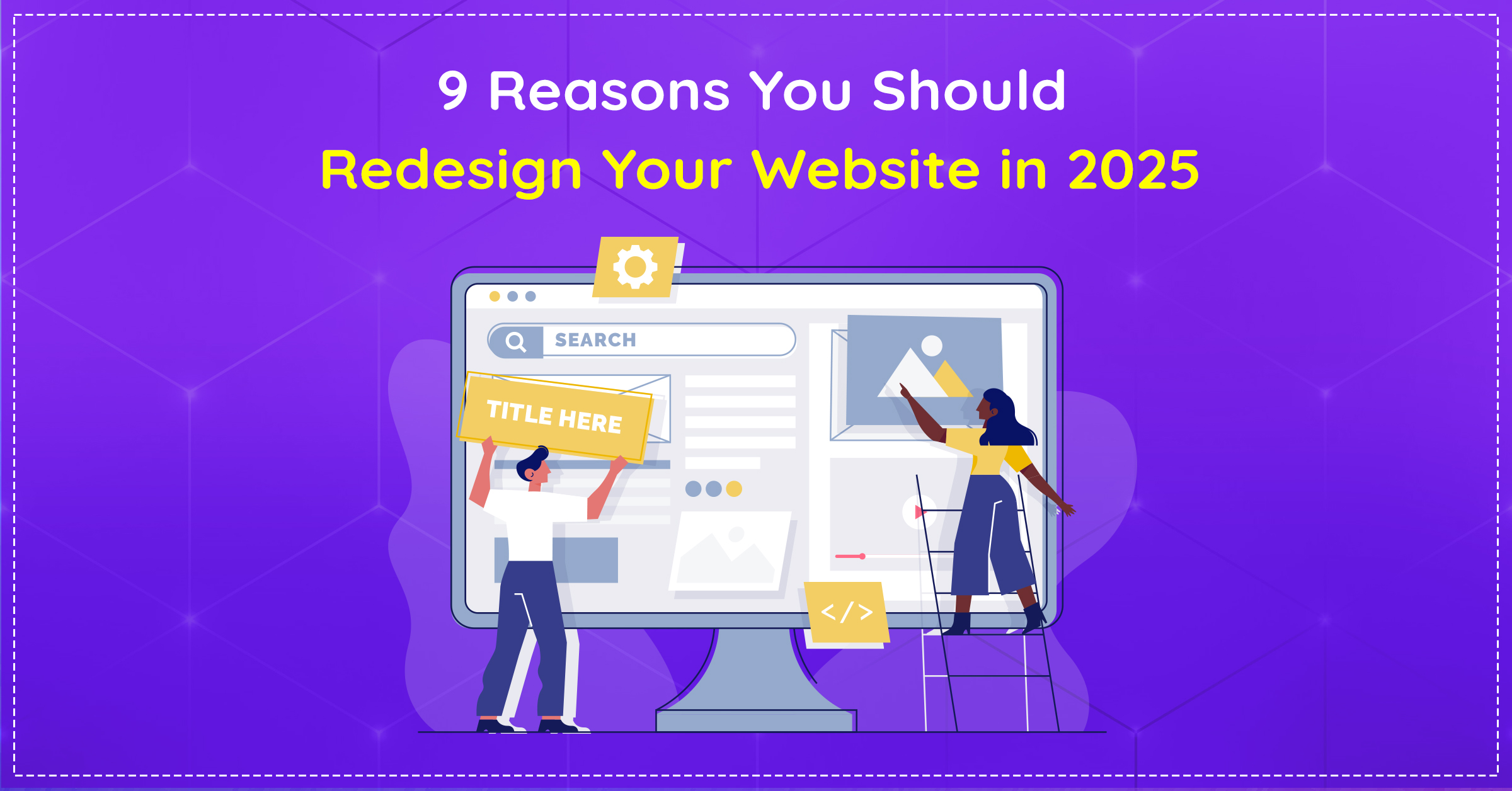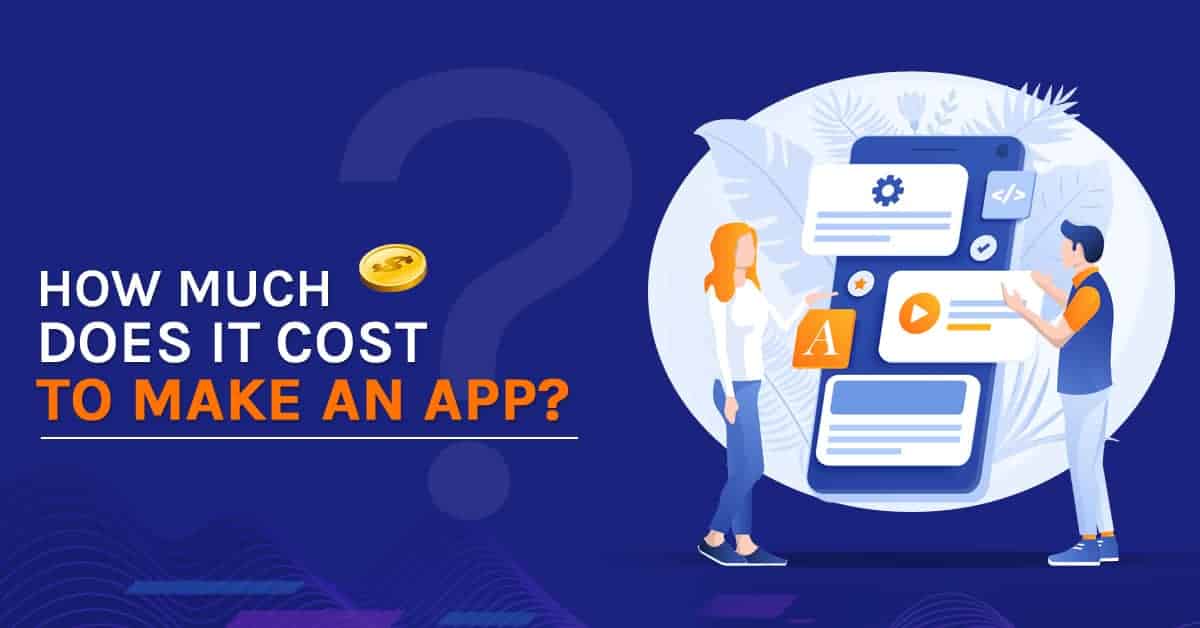
Today everyone is using apps on their smartphones to carry out their daily chores. The digital revolution has led to a drastic increase in the number of smartphone users and apps likewise. It has, therefore, become essential that you have a dedicated app for your business despite its size.
Now that you know the importance of having your own app, the question that arises is – ‘How much does it cost to make an app?’. This is a pretty simple question but the answer isn’t that straightforward.
The cost to develop an app depends on a lot of factors: features you want, level of complexity, location of development, single or multi-platform, paid or free app, type of app, choice of database and many more.
So, let’s dive in and know more about these factors:
Chapter 1: Who is developing the app?
If you’re planning to develop your app yourself, it won’t cost much. But unless you are an expert, such apps:
- May not be of great quality.
- Can be full of bugs.
- May not be user-friendly.
- May not be well optimized etc.
Outsourcing the mobile app development to a freelancer is an economical option to go for if your apps:
- Are on a single platform.
- Are simple.
- To have minimal/basic animation requirements.
The cost for such apps for both Android and iOS platform ranges between $3000 to $10000. You can easily hire freelancers on sites such as Upwork or Freelancer.com at competitive prices through bidding.
If you have a higher budget, you can opt for the services of mobile app development companies consisting of experienced team members. An ideal team used by agencies consists of:
- Software developers who do all the coding.
- The UX/UX designer who gives the app the aesthetic look.
- The Project manager who supervises the entire project.
- The app tester who will test it on different platforms.
The more experienced the team is, the more it’ll cost. But for that cost you’ll get an app with:
- Premium class design and customizability.
- Highly optimized and bug fixed app.
- Tons of features and updates.
- Robust backend and support.
- Cross-platform support.
A general estimate of the cost of developing apps:
Large app development companies (Team of 500-1000+ experts)
With everything being developed in-house by them, quality is superior than others and delivery is quite smoother than others. The app also contains much less bugs. Since they’ve a huge team, you can engage with them for development of innovative functionalities using latest technologies. The price ranges between $300,000-$1,500,000
Mid-cap app development companies (Team of 100-500 experts):
You can expect the quality and support for the app to be very good .The cost ranges from $50,000-$4,00,000 depending upon your requirements.
Small companies (Team of 25-100 experts):
The cheapest option and a pretty good one for companies trying to break into the app culture. Since it is a small company, you can expect personalized attention and involvement of experienced top management. You can expect the quality of the app to be good. Price ranges from $5,000-$100,000.
Chapter 2: Where is the app being developed?
Check out our blog which gives tips on hiring an app development company.
Different countries and global regions have different rates for app development. The rates are higher in the western countries compared to India where the whole project can be done at half the price.
But if the price was the only factor then software developers in the west would be unemployed. A simple optimized app takes anywhere between 300-600 hours to develop. The hours increase with the complexity of the app, time spent in communicating with the team, reviewing the features, etc. This is the reason despite cheap rates in other countries, companies sometimes prefer in-country development rather than outsourcing the work to save time which ultimately means saving money.
Click on a region in the map below to understand the man-hour costs of different individuals required for app development.
Chapter 3: Which platform is the app being developed for?
Apps can be either run on a single platform or can be cross-platform compatible. Two popular mobile operating systems are Android by Google and iOS by Apple.
Both have their own user base and app stores and each app needs to be developed separately for the operating system.
The dilemma doesn’t end there. Different phones vary in the version of their operating systems. While two different phones run Android, one may run the latest version Pie and the other may be stuck on the older Gingerbread.
Developing apps which are compatible with older versions of an operating system also cost a significant amount of money. So you have to really target your audience and check whether backward compatibility is necessary or the majority of the target audience uses the latest and greatest.
Both operating systems have their own merits and demerits regarding app development.
Android Pros
- More number of Android users in the world
- Lenient guidelines/compliances to submit app to Play Store
- Low cost per download compared to iOS
- Low maintenance cost and doesn’t need to be updated regularly
Android Cons
- Paid apps don’t work well due to large no. of free apps
- The average revenue generated per app is very less compared to iOS
- Unlike iOS, most no. of users are not updated to the latest OS. Backward compatibility is essential and hence cost of development could increase
iOS Pros
- Paid apps work well as the iOS community is usually affluent and more loyal
- Majority of users use the latest version of the OS. Hence backward compatibility is not a major issue
- iOS is more interactive and easier to use
- The iOS app store is curated by strict guidelines which means only quality apps are allowed.
iOS Cons
- App development cost is high
- Download cost per app is much more (sometimes 10 times more)
- iOS has less market share compared to Android
- App approval is difficult due to strict guidelines. It may require additional efforts and hence the additional cost
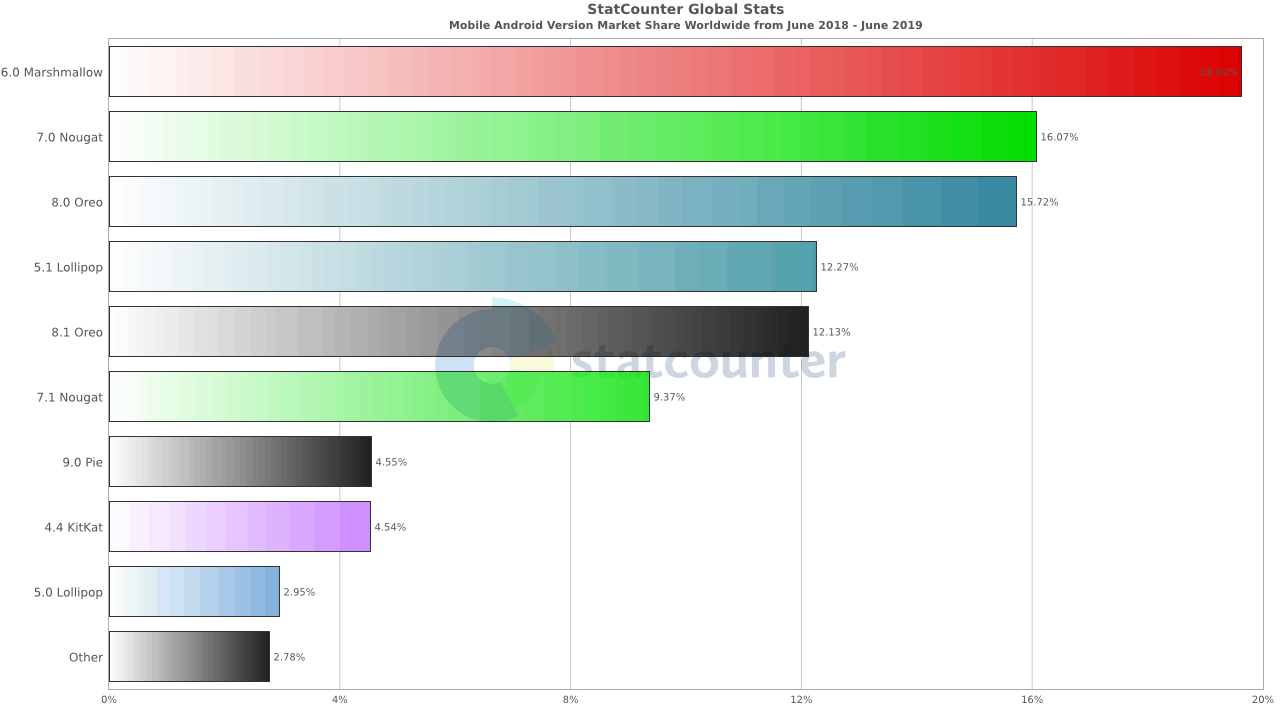
Source: StatCounter Global Stats – Android Version Market Share
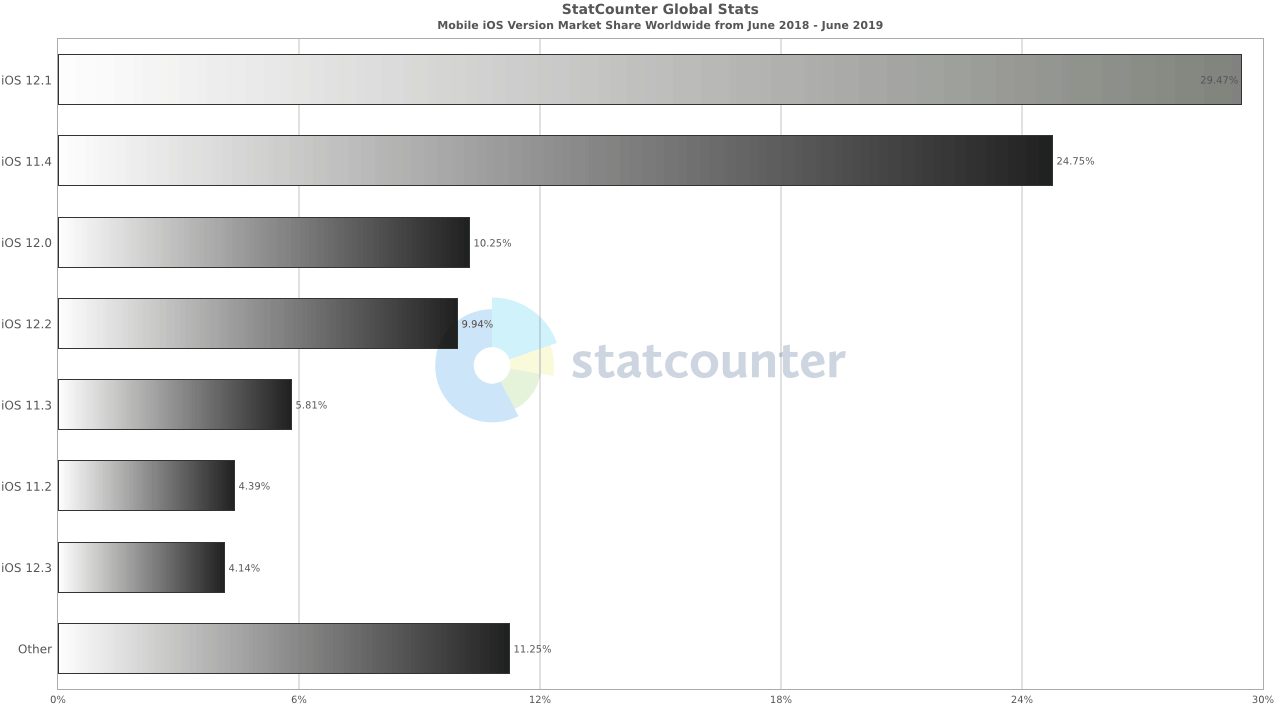
Source: StatCounter Global Stats – iOS Version Market Share
What type of business model you’re aiming for?
An app can be built to address multiple agendas. An enterprise can build an app to streamline business processes, a startup may build an app to sell products and a news agency can use it to proliferate news.
If your ultimate goal from your app is to make money, it can be either in the form of cash from advertisements, selling products or earning subscribers whom you can turn into potential future customers.
You can either make your app free to download and then earn money by placing ads on it or asking users to sign up for your newsletter to access the content etc. Some of the successful apps of this model are Inshorts, YouTube, etc.
On the other hand, you can make your app a paid one where the user pays to download and use your app. Here you have to be careful about pricing your app correctly.
Having an eCommerce type of app lets you earn money from either direct sales or commissions from brands. However, the user gets to download the app for free.
The cost to make an eCommerce app is expensive as you need to have an admin panel, easy navigable UI, customer support software, payment and login integration, etc. You can check out our eCommerce website development page to understand this model in greater detail.
Chapter 4: What type of an app is it going to be?
There are 3 types of apps:
- Pure native
- Hybrid
- Progressive web apps
-
Pure Native Apps
A pure native app is the one that has to be designed and developed for a specific operating system. Being the most expensive one to develop, it is highly responsive, intuitive, easy to learn, and can interact seamlessly with the hardware of your device like a camera, GPS, etc.
The drawback of this type of app is that is it expensive to develop as you need developers proficient in Android and iOS operating systems. Being custom made for a specific operating system, any small diversions in the requirements by the client at a later stage can result in a huge cost to develop the app.
This type of app is for businesses with an adequate budget and those who want to provide a rich user experience. This type of app is recommended for large corporations, gaming or multimedia-based businesses, startups looking for enhancing the app experience after the first round of funding, etc.
-
Hybrid Apps
These are apps developed using a single code language for multi-platform use. It runs on both iOS and Android operating systems and a highly cost-effective to develop.
Relying heavily on OS-specific plugins to achieve functionality, apps with complex code fails to work properly. Additionally, a lot of times it looks and feels unresponsive on certain devices.
It is best for startups and small brands who are willing to pitch app ideas or launch apps that are not media heavy. It is a good starting point from where you can move on to pure native apps in the future.
The most popular technologies used for the development of Hybrid Apps are Flutter and React Native
Read More: Check out the detailed difference between Native Apps and Hybrid Apps
-
Progressive Web Apps
These are extensions of websites written in HTML5 and Javascript to be responsive for mobile users. Progressive Web Apps or PWAs are just a few kilobytes is size, they can easily work on mobile with low phone memory and limited internet connection. They run directly on the web, and hence they use very fewer resources on the user’s device.
Progressive Web Apps are the most cost-effective option if you’re looking to develop an app. They are the ideal starting point to get into the app business. But it has its downsides too. E.g. since they are not on any app store, monetization options are very limited.
You can check out our detailed article on Progressive Web Apps to understand it in further detail.
Chapter 5: App Maintenance
Uploading the app to the app store is just the beginning. After support is crucial to your brand’s reputation and customer experience. No app is perfect. Each comes with its own set of bugs.
Some may not work well on certain newer versions of the OS, some may shut down randomly, some may lag in specific devices or some won’t just open. App maintenance is, therefore, a key part of app development. One which will cost you, but you can’t ignore it.
Several things that come under app maintenance are:
- Bug fixes.
- Updating the app according to new OS updates.
- Design changes to make it more intuitive.
- Adding new features in the future.
For an easy estimation, app maintenance is calculated yearly at 20%-25% value of the whole app development cost.
We hope this article gives you the clarity to comprehend your app development cost. If you are looking for a mobile app development company to implement your project, you can get in touch with our sales executives. We’ll be more than happy to assist you with your project.

